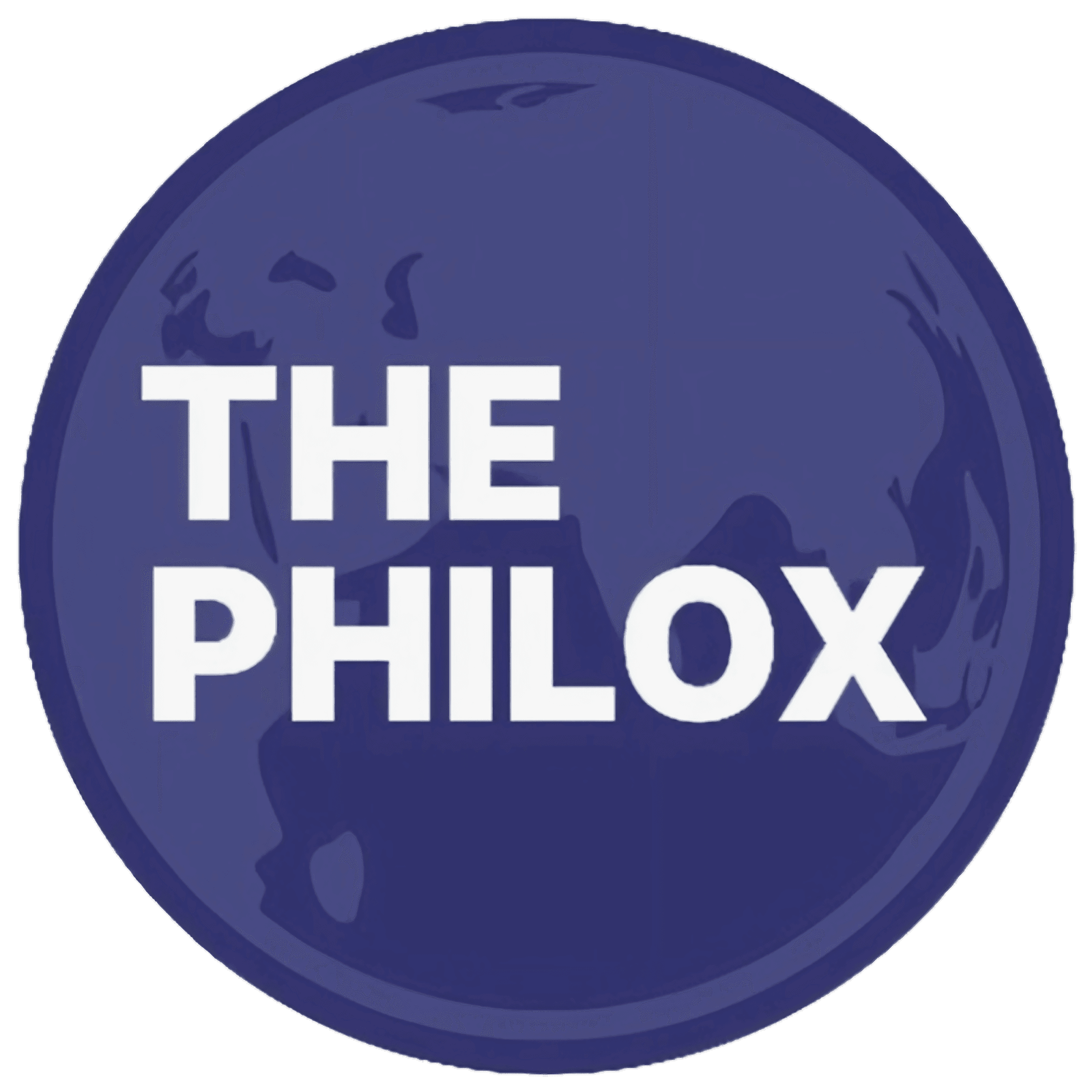By Himanshu Mishra
Generative AI has become a powerful tool in today’s technological landscape, enabling the creation of realistic text, images, and even videos with minimal human intervention. While these capabilities offer transformative potential across sectors like entertainment, marketing, and customer service, they also pose significant threats in the realm of digital misinformation. The capacity of AI to generate fake content—such as deepfakes, misleading articles, and doctored images—raises pressing concerns about the spread of false information and its impact on society. This article delves into the implications of generative AI on misinformation, the challenges of regulating AI-generated content, and potential solutions for managing this complex issue. v
The Rise of Generative AI and Its Role in Misinformation
Generative AI tools like GPT-4 and DALL-E can produce human-like text and hyper-realistic images that are difficult to distinguish from authentic content. While this technology has enabled numerous creative and productive applications, it also facilitates the rapid creation of misleading or entirely fabricated content. For instance, AI-generated text can be used to produce convincing fake news articles, spreading disinformation that fuels social and political division. Likewise, tools like deepfake technology have raised concerns by making it possible to manipulate videos to show people saying or doing things they never did.
The impact of AI-generated misinformation goes beyond mere deception. When deployed at scale, it can influence public opinion, manipulate financial markets, undermine trust in institutions, and even incite violence. The recent surge of deepfake videos portraying public figures in compromising situations has already demonstrated the potential of generative AI to erode trust in legitimate media sources. The risk extends to various sectors, including politics, where misinformation campaigns can sway elections, and in public health, where fake medical advice can endanger lives.
Challenges in Regulating AI-Generated Misinformation
One of the most significant challenges in regulating AI-generated misinformation lies in identifying and differentiating between genuine and fake content. The quality of generative AI outputs has reached a point where distinguishing between real and AI-generated content often requires advanced forensic tools, which may not be readily accessible to the general public. Additionally, the sheer volume of content produced by AI presents a daunting task for content moderators and fact-checkers, who may struggle to keep up with the rate at which false information spreads.
The question of liability is another regulatory hurdle. Should AI developers be held accountable for the misuse of their technology, or should the responsibility lie with the individuals who deploy the AI for harmful purposes? Current laws often do not provide clear answers to these questions, leaving a regulatory gap in addressing the harms caused by AI-generated misinformation.
Furthermore, existing content moderation policies on social media platforms are often ill-equipped to deal with the speed and sophistication of AI-generated content. While platforms like Facebook and Twitter have implemented fact-checking mechanisms, these are largely manual processes that cannot scale to match the capabilities of generative AI. Automated detection tools, while helpful, still struggle with the nuances of human language and can lead to false positives or negatives, potentially suppressing legitimate content or failing to identify harmful misinformation.
The Ethical Dilemmas Surrounding AI-Generated Content
The ethical issues around AI-generated misinformation are multifaceted. One concern is the potential for AI tools to reinforce biases present in training data, which can result in the creation of misleading content that perpetuates harmful stereotypes. For example, if a generative AI model is trained on biased data, it may produce content that discriminates against certain groups or reinforces false narratives.
Moreover, the widespread availability of generative AI tools means that virtually anyone can create sophisticated fake content, lowering the barrier to entry for malicious actors. This democratization of misinformation raises questions about the ethics of making such powerful tools freely accessible without robust safeguards in place. Should developers restrict access to AI tools capable of generating hyper-realistic content, or would this impede legitimate uses of the technology? Finding the right balance between promoting innovation and mitigating risks is a challenge that policymakers and technologists continue to grapple with.
AI Regulation Across Jurisdictions: What Can We Learn?
Different countries have adopted varying approaches to regulating AI-generated misinformation. The European Union’s Digital Services Act (DSA), for example, imposes obligations on online platforms to remove illegal content and mitigate the spread of misinformation. The EU is also working on the AI Act, which aims to classify AI applications based on risk levels, including applications used for content generation.
In the United States, the focus has largely been on holding social media platforms accountable for content shared on their networks. The challenges here are compounded by the principles of free speech enshrined in the First Amendment, which complicate the regulation of misinformation, even when it is generated by AI. The lack of federal legislation specifically targeting AI-generated content leaves a regulatory vacuum, with some states taking their own measures, such as California’s “deepfake” laws that criminalize the creation of AI-generated content aimed at deceiving voters or harming reputations.
China has implemented more stringent controls over AI-generated content. The country has passed regulations requiring AI-generated media to be clearly labeled as such, aiming to prevent the spread of misinformation and maintain social stability. However, China’s approach is also closely tied to its broader efforts to control information flow and suppress dissent, raising concerns about the potential for censorship and abuse of regulatory powers.
Potential Solutions for Tackling AI-Generated Misinformation
To address the challenges posed by AI-generated misinformation, a multi-faceted approach is needed. Here are some potential solutions:
- Mandatory Labeling of AI-Generated Content: Governments could require that all AI-generated content be labeled as such, helping users distinguish between genuine and synthetic media. This approach, already in place in China, could improve transparency and reduce the spread of misinformation.
- Developing AI-Detection Tools: Investment in AI-detection technologies is essential for identifying fake content. Governments and private companies should collaborate to create advanced tools that can detect AI-generated misinformation in real-time, allowing for quicker responses to emerging threats.
- Strengthening Media Literacy Programs: Educating the public about the existence and dangers of AI-generated misinformation can empower individuals to critically assess the content they consume. Media literacy programs should be incorporated into educational curriculums, emphasizing the need for verification and fact-checking.
- Ethical Guidelines for AI Developers: Companies that develop generative AI tools should be encouraged—or mandated—to adopt ethical guidelines that minimize the potential misuse of their technologies. This could include restricting access to advanced AI capabilities or implementing features that limit the generation of harmful content.
- Collaborative Efforts for Content Moderation: Social media platforms, AI developers, governments, and civil society should work together to establish frameworks for content moderation. Collaborative efforts can help ensure that policies are not only effective but also respect individual rights and freedoms.
Conclusion
Generative AI represents a double-edged sword: while it can drive innovation and offer new forms of creative expression, it also has the potential to exacerbate the problem of digital misinformation. The rapid evolution of AI technologies outpaces current regulatory frameworks, highlighting the urgent need for governments to address the ethical and legal challenges posed by AI-generated content. By adopting a combination of regulatory measures, technological solutions, and public education initiatives, society can better navigate the complexities of AI and misinformation, ultimately fostering a digital environment where truth and trust prevail over deception.

